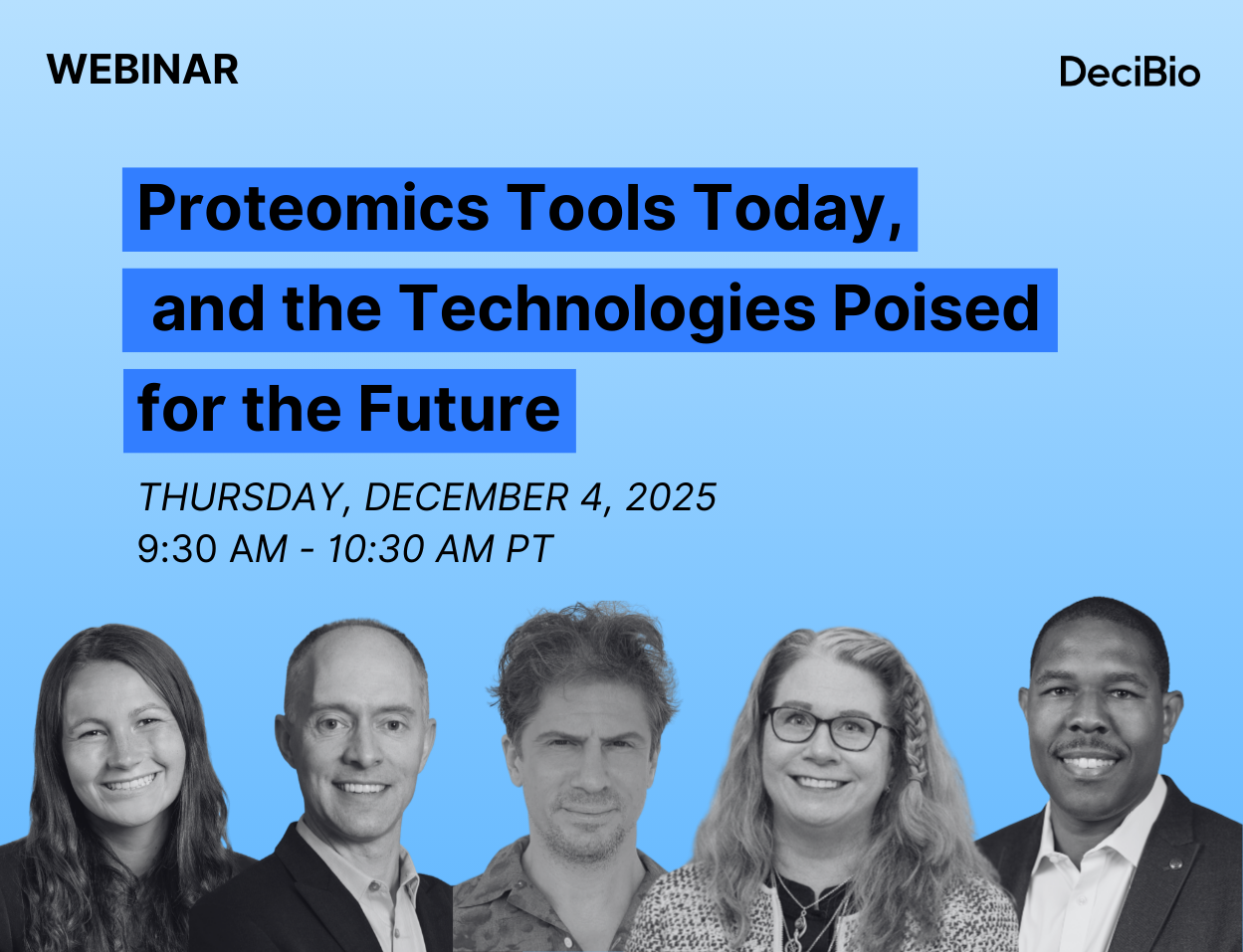2018 is underway, and we’re excited for what the year holds in the life science industry. Here are some of the trends we at DeciBio are keeping the closest eye on in clinical diagnostics, research tools, and health technology.
Immuno-Oncology: Combination therapies and new biomarkers
As our understanding of the immune system’s role in cancer evolves, so does our approach to treating the disease. 2018 will see the continued success of checkpoint inhibitors, like Keytruda (Merck) and Opdivo (BMS), and with a handful of critical clinical trials expected to report results this year, Tecentriq (Roche) is poised to take a commanding position in the space. We’ll likely also see more applications of re-engineered immune cell therapies, like CAR-T cell therapy. Also trending upward in 2018 will be immuno-oncology combination therapies, either via multiple I/O drugs or as I/O therapy coupled with traditional chemotherapy. Clinical decision support tools that help inform combination therapies are likely to see experience a rise in tandem. For more on immuno-oncology (including how biomarkers are expanding beyond PD-L1 and MSI), see our recent post.
Molecular Diagnostics: Centralization, automation, and a potential shake-out
We’re seeing a general trend toward centralization of molecular testing, similar to what occurred in clinical chemistry and immunoassays. The big players are pushing this trend (e.g., Hologic’s Panther Fusion, Roche’s cobas 6800/8800), and we could see an industry shake-out as it becomes increasingly difficult to maintain a differentiated molecular diagnostics platform in light of centralization and automation. Also fueling this shake-out will be new reimbursement codes and rates as a result of PAMA regulations.
NGS: Using long reads to capture structural variations
The scientific community has been talking about the limitations of short-read technologies for years. But with a growing body of studies from researchers like Paul Boutros suggesting that structural variations play a more important role in cancer than previously expected, the advantages of long-read technologies has become more pronounced. Oxford Nanopore has gained significant traction since the release of its 9.4 chemistry in October 2016 (now at 9.5 with 1D square chemistry) and the launch of the GridION. These announcements and subsequent product uptake has put significant competitive pressure on Pacific Biosciences. And while not explicitly a long-read technology, the “ancillary instrument” approach using synthetic long reads (aka linked-reads) of 10X Genomics (2017 revenues: $71M) is one to watch in 2018.
NGS: Panels and data standardization
NGS is going through a bit of a “wild West” moment, with somewhere around 1,500 NGS cancer panels available on the market and customers having to make trade-offs between panel size and ease of interpretation/actionability. However, large panels may be reimbursed at a rate ~5X that of smaller panels, so we anticipate that as these large panels become more common, there will be a corresponding increase in bioinformatics and clinical decision support tools to help manage this data. As a result, we anticipate 2018 will see a push for standardization of NGS data. This standardization will be necessary as NGS testing continues to decentralize to users that are expected to be less sophisticated, and unable or unwilling to develop their own bioinformatics pipelines.
The Microbiome: Exploring its involvement in cancer and other diseases
“Microbiome” has been a buzzword in the life sciences for the past few years, always just at the precipice of breaking through into the mainstream. With the advent of more microbiome research tools and growing research suggesting the microbiome’s role in such things as cancer metastasis and drug response, we think 2018 is the year that microbiome research starts making real steps towards practical applications. It’s still a very nascent field, which means the earliest players to watch will be those who are collecting data (e.g., uBiome, Viome, and wellness solutions that collect microbiome samples) and the informatics solutions that help with data management and analysis (e.g., CosmosID).
Blockchain: Securing data
As the price of Bitcoin rises and falls ad nauseam, its utility as a currency is certainly up for debate. However, it does seem to have served as a proof of concept for blockchain, the underlying technology. In their HBR article “The Truth About Blockchain”, Marco Iansiti and Karim R. Lakhani succinctly describe blockchain as “an open, distributed ledger that can record transactions between two parties efficiently and in a verifiable and permanent way.” Given the amount of sensitive information stored within the healthcare sector, blockchain seems to be a natural fit for managing things like medical, health, and genomic data, and we expect no shortage of 2018 entrants into health technology built on blockchain technology.
At DeciBio, we continually track trends happening in the clinical diagnostics, research tools, and health technology markets. Contact us today to learn how you can get answers to your most pressing business questions.
Author

David Cavanaugh, MBA
David Cavanaugh is a partner at DeciBio with over 15 years of combined experience in life science business consulting and academic and corporate life science research and development. Connect with him on LinkedIn.Contact David and the DeciBio team to get the insights you need to answer your most important business questions.

Stephane Budel
Stephane Budel is a partner at DeciBio with over 12 years of combined experience in life science business consulting, entrepreneurship and academic research. Connect with him on LinkedIn.Contact Stephane and the DeciBio team to learn the latest insights impacting your industry.Disclaimer: Companies listed above may be DeciBio Consulting clients and/or customers.





.png)

